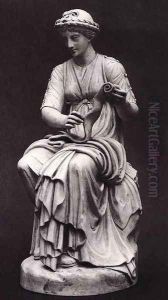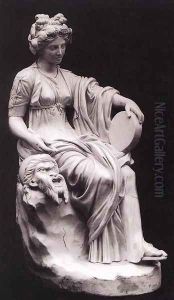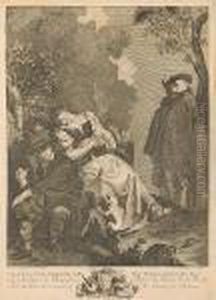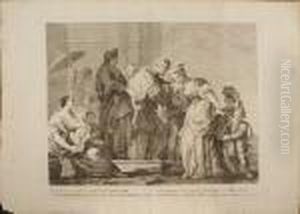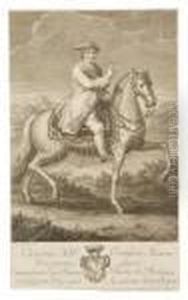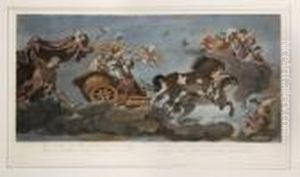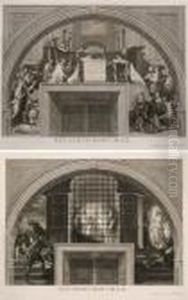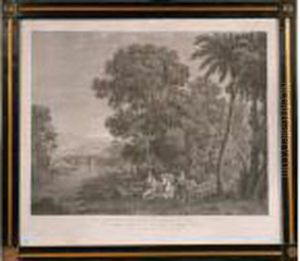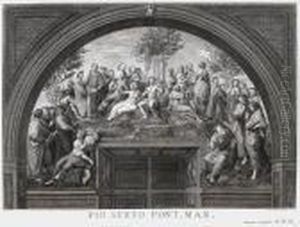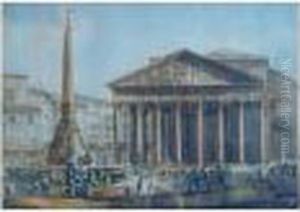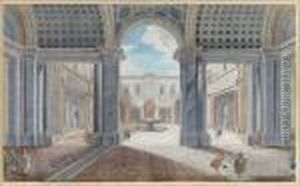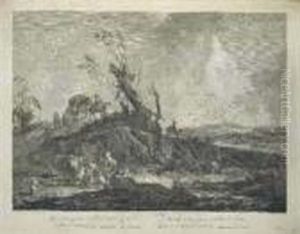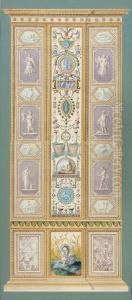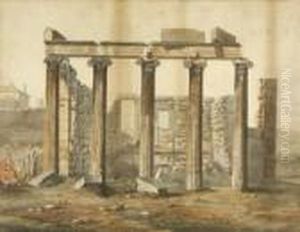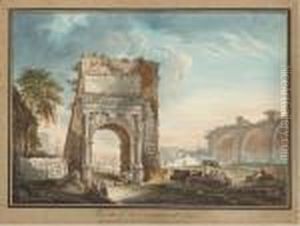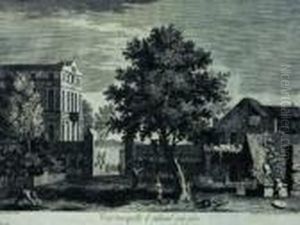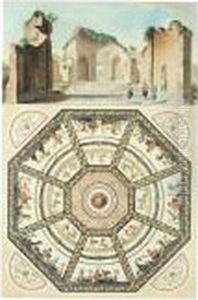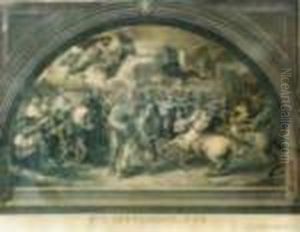Giovanni Volpato Paintings
Giovanni Volpato was an Italian engraver and printmaker, renowned for his high-quality engravings and etchings. Born in Bassano del Grappa in 1735, he initially trained as a potter but later turned towards engraving. Volpato moved to Rome, which was then a hub for artists and intellectuals, and there he perfected his skills under the guidance of the celebrated engraver Giovanni Battista Piranesi.
Volpato's work was marked by his ability to capture the fine details and delicate light effects of the subjects he engraved. He produced a wide range of works, including reproductions of classical and contemporary paintings, and he enjoyed the patronage of important figures of his time. Among his notable works are the engravings that reproduce paintings by Raphael, particularly the frescoes of the Vatican Loggie.
In addition to his engravings, Volpato was also involved in the production of decorative arts and was part of the rise of Neoclassicism during the late 18th century. His works were influential in spreading the Neoclassical style across Europe, as his prints were widely disseminated and collected.
Volpato collaborated with other artists, such as the painter and architect Raphael Mengs, and this collaboration resulted in some of the most significant engravings of the period. He established his own workshop and trained several other engravers who continued his tradition.
Giovanni Volpato died in Rome in 1803. His legacy is preserved in the form of his engravings which continue to be admired for their technical excellence and artistic beauty. They remain a valuable resource for understanding the art and aesthetics of the Neoclassical period.
